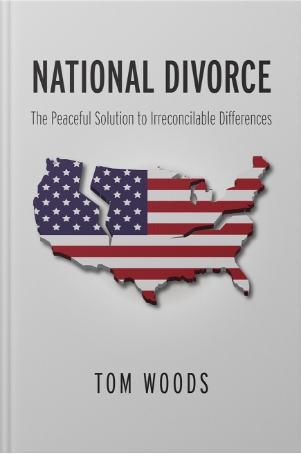Professor Steve Kates, who joined me for episode 476, sent along this additional information to supplement his remarks on the show.
Say’s Law is such an obscure topic and while understanding the point is, so far as I can see, the essential ingredient in understanding what is wrong with Keynesian economics, very few take it up because it is so fiddly and there are so many elements that you have to keep straight all the time. I hope you won’t mind, but I’d like to just add a couple of things on Say’s Law to round out what I was trying to get across during the interview.
First, although it was called “Say’s” Law, the name was only given in the 1920s. Say had his law of markets (loi de debouches), but this was that goods buy goods. Everyone knew that, going back to at least Adam Smith and probably well before. The relevant sequence of events to understand this issue is this:
1803 – Say writes in his Treatise in which he points out that goods buy goods which he did in trying to explain why recessions are not caused by a lack of money
1808 – James Mill replies to William Spence who had argued that demand is the core element in creating employment and economic activity. Mill in his comprehensive reply, emphasizes the impossibility of demand deficiency as a cause of recession and unemployment.
1813 – Say publishes the second edition of his Treatise in which he re-writes his entire chapter on the law of markets to pick up James Mill’s point that demand deficiency does not cause recession — but gets it wrong by arguing that if Good A doesn’t sell then more of Good B needs to be produced to create an increased demand for Good A. No one thinks of it this way.
1820 – Malthus publishes his Principles in which he argues that recessions and unemployment are caused by general gluts (demand deficiency)
1820s – General Glut debate — virtually the entire mainstream comes to the conclusion that general gluts are never a realistic possibility — but the policy conclusion is that if Good A doesn’t sell, it should stop being produced. Say never gets it and continues to the end with his version that more of other goods (Good B) is the solution
1848 – John Stuart Mill’s Principles is published in which the full explanation of Say’s Law properly understood is found. It becomes the universal position of mainstream economics through until 1936. The conclusion universally held among mainstream economists was that demand deficiency never causes recessions and increased demand will not lower unemployment. Only those on the left, especially amongst the followers of Marx, argued on the other side.
1921 – Fred Taylor publishes his Principles text in which he discusses demand deficiency and also notes that although a crucial point, the argument contra demand deficiency has never before been given a name and is therefore often overlooked. He gives it one: Say’s Law.
1920s – By giving this principle a name, it becomes the focus of much criticism but only on the American side of the Atlantic.
1936 – Keynes publishes his General Theory in which he attacks Say’s Law. He defines Say’s Law as “supply creates its own demand,” as close to a meaningless phase as it is possible to find. But there is no doubt he is really in every way attacking the underlying principle, which he very accurately understands. He explains exactly what he is getting at on page 32 in the para which begins, “The idea we can safely neglect the aggregate demand function….” [As an additional note, the question I like to ask all my Keynesian friends is where did Keynes get the phrase “Say’s Law” from since he never mentions anyone else from whom he took so much as a single idea. I wrote an entire paper on Keynes’s plagiarism.]
Second, the most complete statement of the demand deficiency side of Say’s Law was produced by John Stuart Mill in 1848. The Liberty Fund just last month ran a series of papers on the economics of John Stuart Mill for which my paper was the lead article. As I note in one of these articles [#16], Mill’s specific statements on these principles, which did not have a name in his own time, is scattered around the book. But in classical times these were the hardest of hard principles, an absolute bedrock and foundation for economic thinking. After the marginal revolution of the 1870s, while these conclusions remained remained in place, economics shifted to the demand side (marginal utility) and the theory of the cycle went almost into almost hibernation. By the time Keynes writes the General Theory, virtually all of the anti-bodies against demand deficiency as a cause of recession had disappeared from amongst economists especially those under forty. The results of the General Glut debate had been washed completely away.
Alas, there is so much of this story that no one knows that it does really get me down. I hope you will see more clearly why the issue of Say’s Law is so important, but also why it is so hard to get these things right because of the way the issue has developed over the years. In my view, you have to understand both the principle and its history to see the point given all the mystification that has entered into it.
Thank you once again for the interview which hopefully will bring these issues to the attention of a lot more people. Meanwhile, I will write up the points I just sent to you and see if I can get it published somewhere. In the meantime, I have put a slightly expanded version of this post up on my blog, not surprisingly called, lawofmarkets.com where you will find this.







